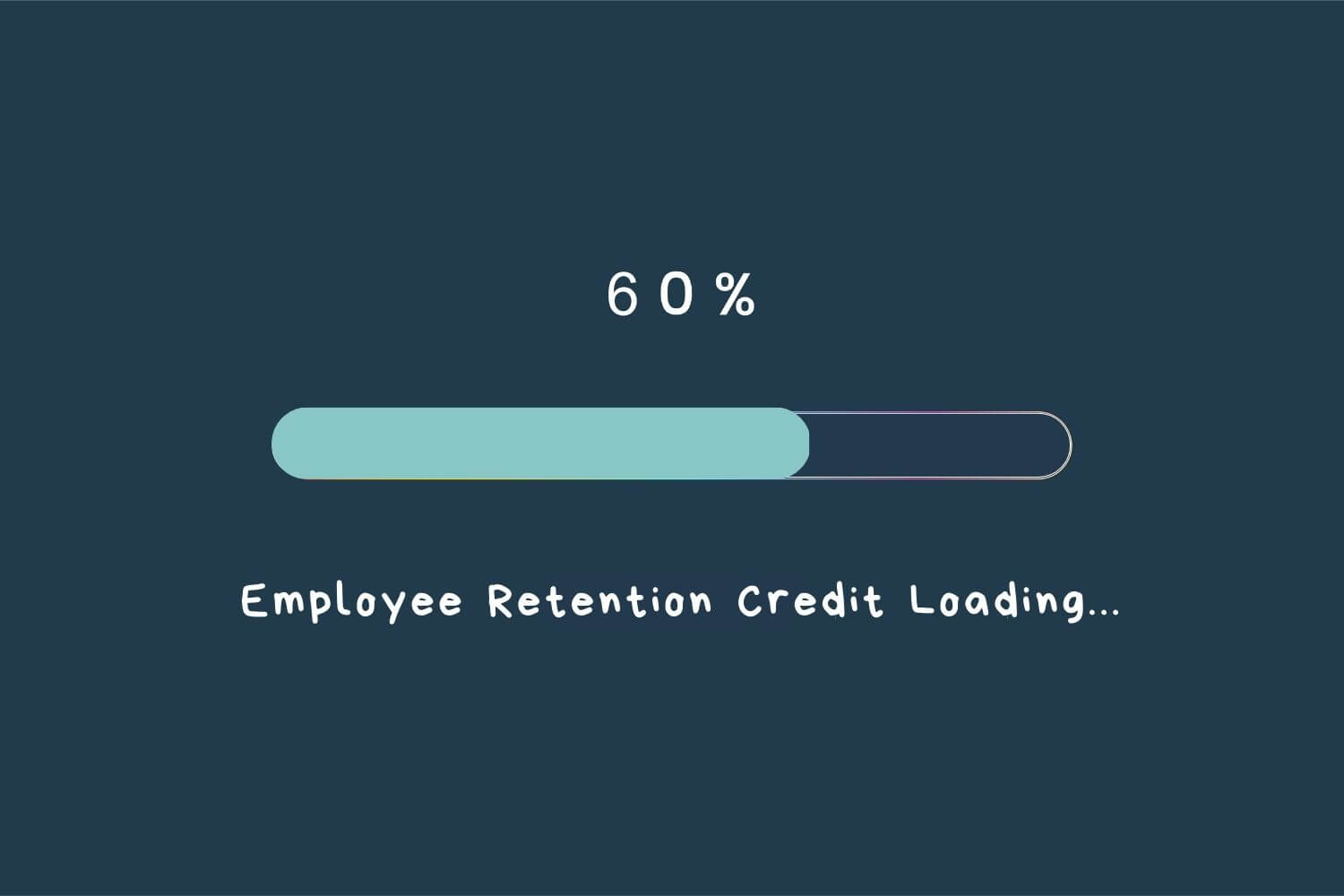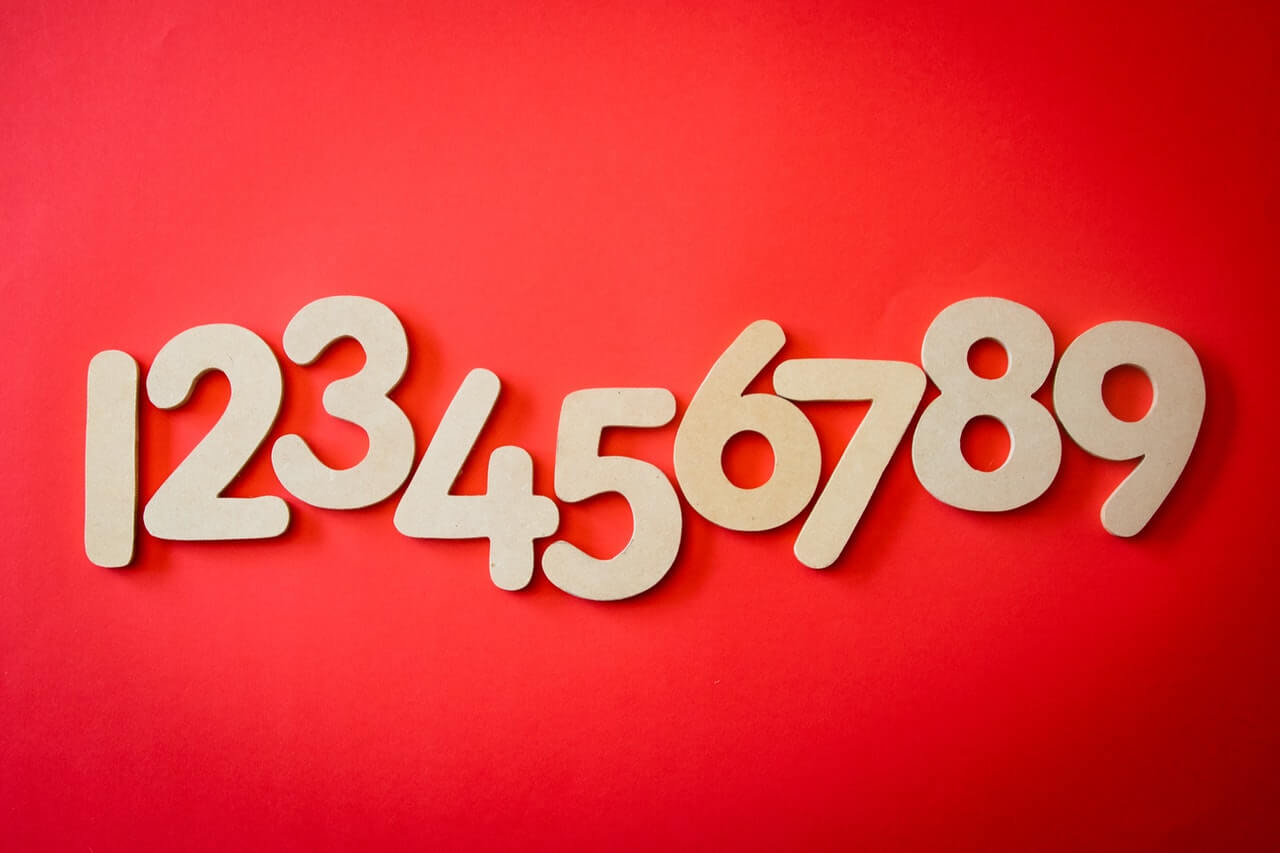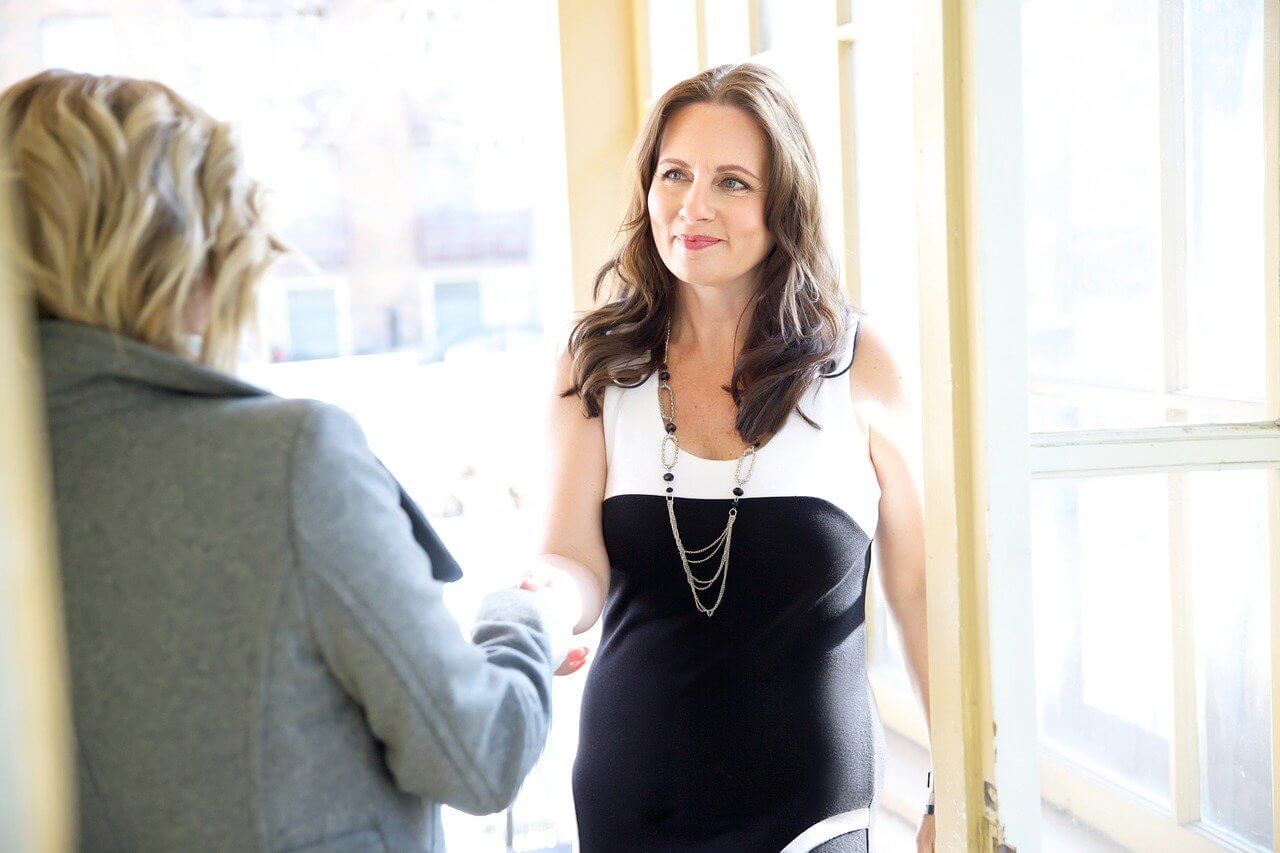October 29: Six Goals For A Direct Mail Letter by Jonathan Howard …six key elements for every fundraising letter – standards to use to review and rewrite a draft appeal until it can’t be improved further. November 5: Remind Your Donors to Give Stocks and Mutual Funds by John Elbare Stocks and mutual funds make …
Finance/
Financing & Loans
In my last post, I shared a few thoughts with fundraising managers about supervising “digital natives.” Today, I have some tech-related advice for my fellow Millennials. 1. Stay open to the possibility that the internet may not be the solution every time. Sometimes, for example, emailing your prospect just won’t get it done. You may …
On June 18 & 25, Lynne deLearie wrote about “Reason and Emotion in Grant Proposals.” Coincidentally, I’ve recently been involved in some discussions in which some folks were leaning much too far in one direction or the other. Those conversations were prompted by what one participant reported as an interesting article in The Chronicle of …
In my previous two posts, I’ve suggested that checklists can be very valuable in helping your non-profit achieve success with its enrollment in the Combined Federal Campaign (CFC). One reason that a checklist is valuable is that it helps you create consistent results over time. Notice that I said, “helps.” I didn’t say that a …
Last week I ended with the thought that a good reason to work with a consultant is to help you avoid disaster. Considering that, here are a few more reasons you might want to talk with a development/fundraising consultant. When you want/need to dramatically increase your fundraising goals. Too many nonprofits, wanting to expand their …
The need to engage a Development/Fundraising consultant depends not only on whether or not your organization already has the specific expertise it needs; but, also, if an outside perspective is needed to help you identify your strengths and/or weaknesses, or if an outsider is needed to help you break up your internal logjam … and …
1. Your Bequest Program: It’s Easy Getting Started by John Elbare, CFP The simple bequest, which is a charitable gift in a donor’s will (or living trust), still accounts for most planned gifts. Bequest marketing should be a part of every fund raising program. Simple marketing messages can reap huge future revenues for your organization. …







